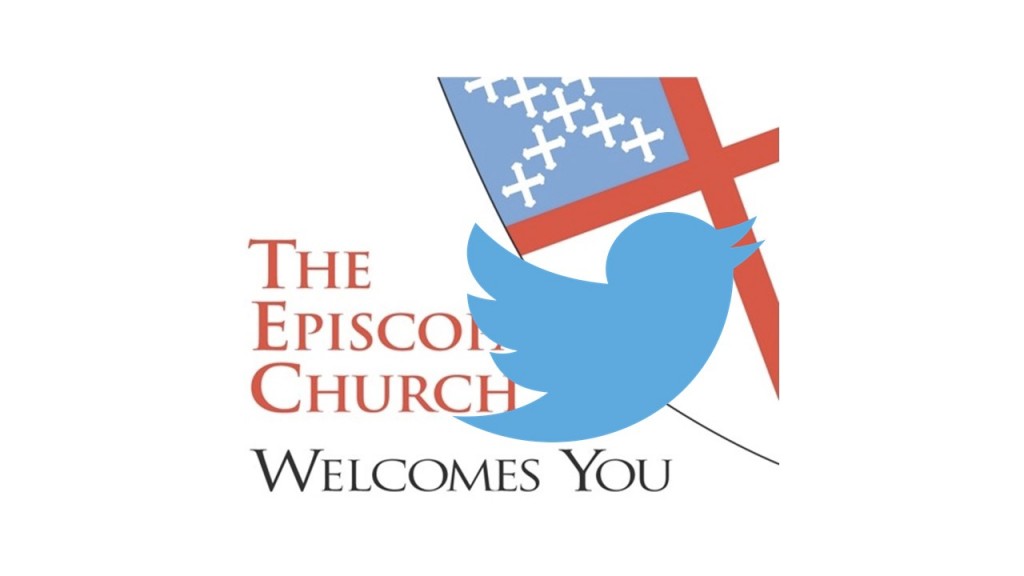THE MAGAZINE
by Katherine Karr-Cornejo
Salt Lake City was my first General Convention and I served as lay alternate deputy for the Diocese of Spokane. No matter what I was doing in and around the Salt Palace, my smartphone was at hand. If one were to have watched me during much of General Convention, they may have thought I wasn’t paying attention. My Virtual Binder was open on the table in front of me, and my thumbs were busy on my phone. If my college students were doing that in my classes, I would certainly assume that they were not truly engaging! While I doubt that my students would be using their electronic devices fruitfully in our class discussions, my use of my phone and its data plan during General Convention was undoubtedly fruitful. I was tweeting.
Following and using the #gc78 hashtag opened up a world beyond my own deputation (fabulous though they are). I could follow commentary from the House of Bishops when I was in the House of Deputies; I could read about testimony in committee meetings that I was unable attend. I shared observations from the meetings I attended and participated in; I could read and think about perspectives that weren’t physically present at Convention. As a new attendee and participant, the House of Twitter was immensely helpful in not only helping me to have a better sense of what was going on, but also helping me to feel welcome and entirely a part of the process.
As a lay person who is not employed by the church, I am a newcomer to social media use in the church context. Sure, digital evangelism is important—I’m one of those people who vets church websites before I visit—but I never really considered how important social media could be to my witness as a Christian and to our collective witness of the Episcopal way of being Christian in the 21st century. I recognize that there are a number of individuals doing great work with regards to church and social media, and I rejoice that the important work already done around, for example #chsocm, can be widely known through the prominence of social media at General Convention.
Having had a week or so to think about General Convention this year, it seems to me that there are three clear positive takeaways about the House of Twitter and social media use in general from the past few weeks.
- The Church has a sense of humor. Majority society in the United States often portrays religious people as dour and humorless. Certainly, I have run up against that perception in various contexts outside of church. Following and participating in the #gc78 hashtag was a great way to share our humor with each other and with the rest of the world (remember: those tweets are public, and nothing is every truly gone on the internet!). Even as we were called to repent of our snarkiness during one morning’s worship, the House of Twitter made jokes about the virtual binder, embraced Ariana Gonzalez-Bonillas’ amazing collection of GIFs, and used humor to build community virtually and in person.
- We can and must hear voices that aren’t habitually in the hallways of power. In a professional development training on Intergroup Dialogue offered by my university earlier this summer, a number of faculty and staff practiced facilitating dialogues around difficult issues. A question that we were trained to use as facilitators, and that I find myself returning to in all sorts of different situations, is: “what voices or perspectives are we missing here?” While participation in social media certainly doesn’t include all possible voices, it does enable those of us who use it to communicate with people that we might never have. Anyone with a Twitter account could use the #gc78 hashtag, and anyone with access to a browser could read the stream.
- Go. If you can take one thing away from all of Presiding Bishop-elect Michael Curry’s messages during Convention, it is that one word. Twitter and other forms of social media offer us another way to open the church to the world in which we live. It allows us to do evangelism by being clear about who we are, what we believe, and why it matters. Though it may sound contradictory to do so in 140 characters or less, being forced to be concise about our religious commitments can equip us to go out in other contexts to more clearly share the Good News. #gc78 did manage to become a trending topic! In going out into the world—even the virtual one—we claim who we are as disciples and children of God.
Twitter, or whatever platform is dominant in 2018 and beyond, is an opportunity for our governing structures to align with our mission. It allows the church to show itself to the world on its own terms, and to practice hospitality towards all. We can engage with the world outside of our walls, and we can hear voices that we tend not to hear quite as often within them. It helps us to see and to make visible the wider life of the church in the world.
Biography: Katherine Karr-Cornejo, Ph.D., is Assistant Professor of Spanish at Whitworth University and a parishioner of the Cathedral of St John the Evangelist, both located in Spokane, Washington. She can be found on at @KarrCornejo on Twitter.

